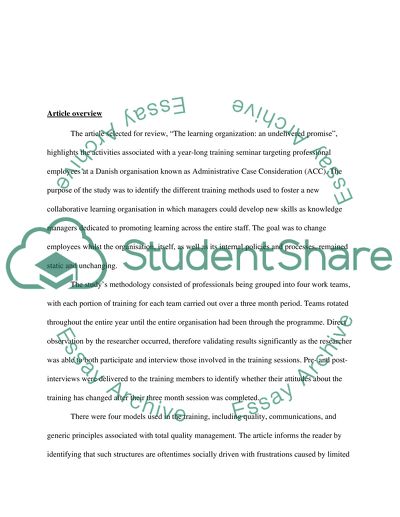Cite this document
(“Human resource development Essay Example | Topics and Well Written Essays - 1000 words”, n.d.)
Retrieved from https://studentshare.org/human-resources/1425131-human-resource-development
Retrieved from https://studentshare.org/human-resources/1425131-human-resource-development
(Human Resource Development Essay Example | Topics and Well Written Essays - 1000 Words)
https://studentshare.org/human-resources/1425131-human-resource-development.
https://studentshare.org/human-resources/1425131-human-resource-development.
“Human Resource Development Essay Example | Topics and Well Written Essays - 1000 Words”, n.d. https://studentshare.org/human-resources/1425131-human-resource-development.


